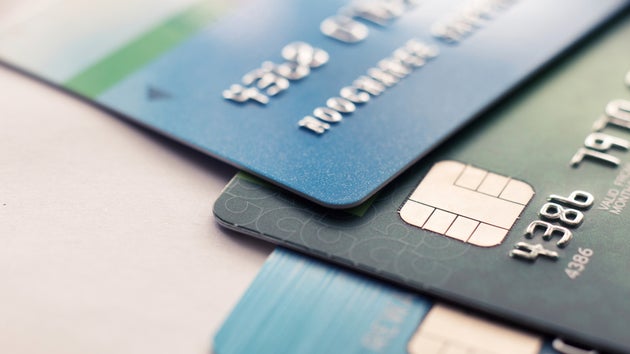Table of Contents
As the customer is choosing which payment method to use upon checkout, the advance payment method, also known as prepayment, is often offered. But what does “prepay” really mean? And when is it worthwhile for the merchant to include this type of payment?
How does advance payment work?
The big difference to most other payment methods is the time at which the money is transferred. Customers will receive a message from the merchant with their bank details after ordering the goods and must transfer the required amount in advance. After the online merchant has received the invoice amount, the goods will be shipped. Thus, the entire process generally takes somewhat longer than with other payment methods, for example, credit cards.
Advantages for merchants
With advance payment, the dealer only sends the goods once payment has been received. This avoids the risk of running after customers in payment default and saves unnecessary expenses. For the trader, the method of payment is among the safest. In addition, this payment method virtually eliminates the risk of business loss.
Disadvantages for merchants
On the other hand, customers risk a potentially defective, incomplete or completely missing delivery. As a result, many customers are skeptical about this payment method, and the purchase abandonment rate is drastically higher when only this type of payment is offered. In addition, advance payment is one of the slowest payment methods, which often deters customers.
Costs for the dealer when using advance payments
Falsely, traders often assume that the integration of advance payments costs nothing. However, expenses and personnel costs for assignments and investigations of incoming payments as well as auxiliary costs such as telephone or postal charges are not taken into account here. Furthermore the goods have to be reserved and stored by the dealer until the dispatch - which causes further costs.
Paying by prepayment is, despite auxiliary costs, one of the cheapest methods of payment for merchants. The dealer can choose to make prepayment attractive by offering discounts. As a result, customers are often offered a discount when they choose this payment method.
For which branch is prepayment customary?
Particularly in the foreign trade, advance payment is often used. This is especially true in the case of smaller companies, where the income from that purchase might be required to finance the production of the sold goods. The importer again bears the risks of non-delivery. Therefore, banks often require a provision guarantee. In other words, the buyer present guarantees from credit institutions or insurers to cover the buyer's risk of payment.
Sofort as an alternative to the classic prepayment
Sofort, an immediate transfer solution, is basically a further development to the advance payment. The customer only needs a bank account to which he can access online banking. The difference to the classic advance payment is that the trader receives a confirmation of the payment immediately after the payment order has been received. As a result, the goods may be shipped earlier and the customer will be satisfied more quickly.
Learn more about other payment methods such as credit cards, prepaid cards, direct debit or electronic wallets.










